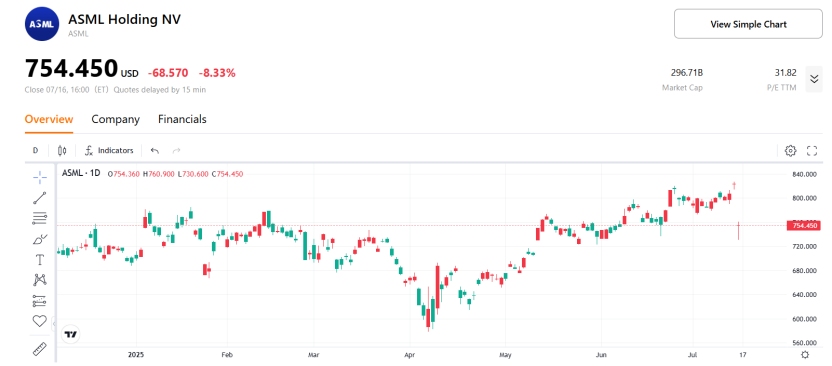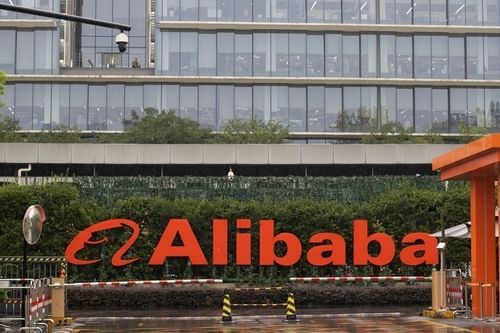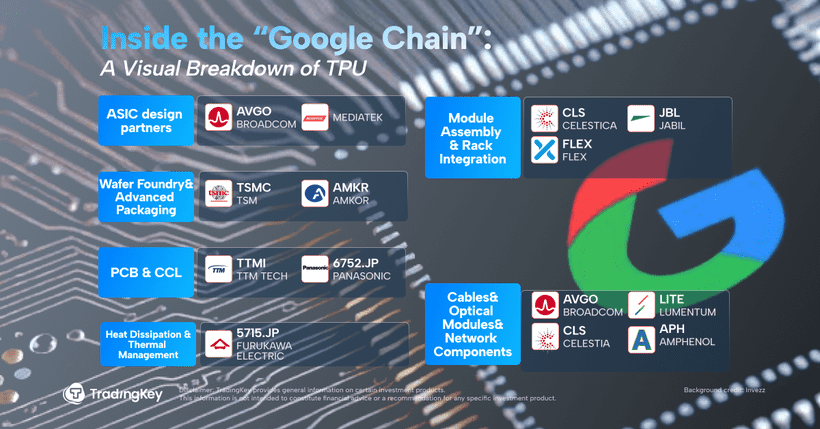ASML Q2 FY2025 Earnings Review: Strong Growth and High-NA EUV Breakthrough Shadowed by 2026 Uncertainty


ASML Holding N.V. (NASDAQ: ASML) released its Q2 FY2025 earnings on July 16, 2025, exceeding market expectations with robust net sales and net bookings, though the stock fell around 10% due to cautious guidance for 2026 amid geopolitical uncertainties.

Source: TradingKey
Key Financial Results
Metric | Q2 FY2025 | Q2 FY2024 | Beat/Miss | Change |
Revenue | €7.7B | €6.24B | Beat | +23.2% |
EPS | €5.9 | €4.01 | Beat | +47.1% |
Gross Margin | 53.7% | 51.5% | Beat | +2.2% |
Net Bookings | €5.5B | €5.57B | Beat | -1.3% |
EUV Net Bookings | €2.3B | €2.5B | N/A | -8% |
New lithography systems sold (units) | 67 | 89 | N/A | -24.7% |
Guidance & Conference Call
· Q3 2025 Guidance: ASML forecasts net sales between €7.4B and €7.9B, below market expectations of €8.3B, with a gross margin of approximately 51%.
· Full-Year 2025 Outlook: The company narrowed its full-year net sales guidance to around 15% growth (previously €30B–€35B), with a gross margin of approximately 52%.
ASML experienced robust demand in Q2 2025 for its EUV systems, primarily driven by accelerating adoption of AI technologies requiring advanced chip manufacturing. The company marked a major milestone by shipping its first High-NA EUV system during the quarter, a breakthrough platform priced at over $400 million. This advanced system is expected to fuel future growth by enabling higher resolution lithography and improved chip performance.
Financially, ASML reinforced its commitment to innovation and capacity expansion by investing €1.23 billion in research and development during Q2 2025. The company also continued its shareholder-friendly capital return policy, distributing an interim dividend of €1.60 per share and repurchasing approximately €1.4 billion of shares through its ongoing buyback program.
While ASML confirmed continued strong momentum in 2025 fueled by AI-driven semiconductor demand, the company emphasized that the outlook beyond this year remains uncertain, preventing it from confirming growth for 2026.
Conclusion
ASML’s Q2 FY2025 results reflect its strong position in the semiconductor industry, driven by high demand for AI-related EUV technology. Although the stock declined following management’s cautious commentary amid geopolitical and tariff-related uncertainties, ASML’s robust order backlog and leadership in High-NA EUV tools support its long-term growth potential. With ongoing investments in innovation and a solid financial base, ASML remains well positioned for investors seeking exposure to growth in the semiconductor market driven by advanced chip manufacturing.
TradingKey - ASML Holding N.V. (NASDAQ: ASML) is set to announce its Q2 2025 earnings on Wednesday, July 16, 2025, before market open, with the press release issued at 07:00 CET, followed by a 60-minute investor call at 15:00 CET.
Market Forecast
Metric | Q2 FY2025 Estimate | Q2 FY2024 Actual | Change |
Total Revenue | €7.45B | €6.24B | +19.4% |
EPS | €5.6 | €4.01 | +40% |
Net Bookings | €4.8B | €5.6B | -14.3% |
Order Backlog | €37.5B | €39.1B | -4.1% |
Gross Margin | 51.5% | 51.5% | +0% |
R&D | €1.2B | €1.1B | +9.1% |
Where Investors Should Watch
ASML’s Q2 performance is driven by its monopoly in extreme ultraviolet (EUV) lithography systems, critical for 7nm and below semiconductor nodes used in AI, 5G, and high-performance computing chips. EUV systems account for ~40% of net system sales, with growing adoption of High NA EUV tools by foundries like TSMC, Intel, and Samsung for sub-3nm processes. However, deep ultraviolet (DUV) system sales, used for mature nodes, are expected to decline slightly as customers shift to EUV.
The order backlog ensures long-term revenue visibility, but net bookings are a key near-term indicator. A low than expected net bookings could signal caution from Logic customers (60% of Q1 bookings), potentially due to U.S.-China trade tensions. Tariff risks remain significant, with approximately 27% of Q1 2025 revenue coming from China. U.S. export controls and potential new tariffs could disrupt sales or raise costs, pressuring the gross margin.
Investors should monitor management’s commentary on supply chain constraints for critical components, and pricing power for EUV systems, which supports profitability. ASML’s €9.1B cash position (Q1 2025) funds its €2.7B share buyback program and modest dividends, but shipment delays could impact free cash flow. Guidance on 2026 growth, the rebalancing of China demand toward Taiwan or South Korea, and the adoption of High-NA EUV systems will be important factors shaping market sentiment.
Conclusion
ASML’s Q2 2025 earnings should affirm its leadership in semiconductor equipment, driven by its EUV technology moat and AI-fueled demand. Tariff uncertainties and DUV sales declines pose near-term risks, but strategic R&D investments and resilient bookings position ASML for long-term dominance. Investors should expect ASML to navigate trade challenges while sustaining profitability, reinforcing its critical role in the chip industry.








